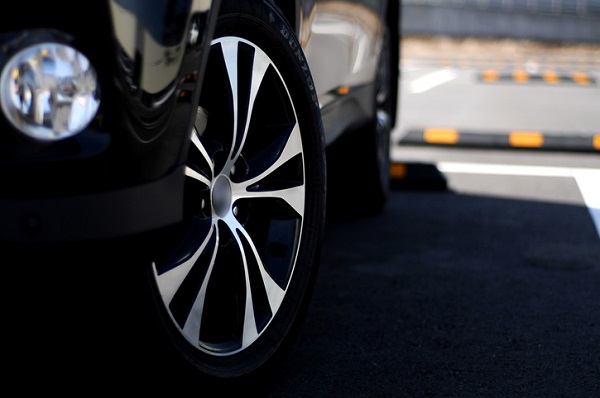A Brief Look at Toyota’s Impressive History for Students in Auto Technician Training

Toyota as a standalone brand falls under the Japanese manufacturer Toyota Motor Company, which also covers Lexus, Daihatsu, Scion, and more. The company doesn’t just rest its case with vehicles, but is also active in a variety of areas extending even to robotics and aerospace. However, it’s the cars that are the most interesting, and they’re also globally popular, being sold in over 160 countries. So what is Toyota’s story and how did it come to take the world by storm? Keep reading to find out!
A Major Global Car Company Begins With a Weaving Business
Something that isn’t really known about Toyota today, but has much to do with its history, is that the company also makes automatic looms and electric sewing machines. Why, you might ask? Because the company started out that way. Toyota’s roots can be traced all the way back to an investment made possible by a successful weaving business, which belonged to the father of Kiichiro Toyoda, Toyota’s founder. Sakichi Toyoda saw how inspired his entrepreneurial son was by modern motor factories, so he used his earnings to support his son’s ambitions. Not long after that initial investment, Kiichiro Toyoda’s company launched its first car in 1936.
The Change in Name from Toyoda to Toyota
Since the founding family’s name was Toyoda, you may be wondering why the name change to the “Toyota” we know today. The answer has to do with a fun cultural fact. In order to find a good brand name for his new business, Kiichiro Toyoda held a competition. “Toyota,” the winning selection, prevailed partially because it’s easier on the ear when spoken in Japanese. “Toyota” also uses eight brush strokes when written out—a number considered lucky in East Asian culture.
Toyota Catapults Onto the World Stage of Car Manufacturing After WWII
Kiichiro Toyoda’s great vision was to build cars and trucks of technical and economic superiority and bring them to markets where they would be in high demand. However, this goal was hampered by WWII and the chaotic economy left in its aftermath. Although the war ended before a scheduled bombing run on Toyota’s factories in Aichi, a number of the company’s facilities had still been wrecked during the conflict. Rebuilding after this damage took time, with automotive production only resuming in the 1950s. Over the next few decades, Toyota proceeded to expand worldwide and acquire other companies while its cars gained a great reputation for their stunning reliability, low cost, and fuel-efficiency.
Introducing the World’s First Mass-Produced Hybrid-Powered Vehicle
Jumping forward to 1997 brings us to the launch of a car that pros with auto technician training know well: the Prius. It was the first mass-produced hybrid-powered vehicle in the world, making it an important milestone for the company as well as for the industry as a whole. The Prius, which was produced in response to rising concerns about the environment, was a big hit. The name of this ground-breaking vehicle is derived from Latin, and means “prior to,” as this amazing feat of innovation was conceived as a predecessor to future hybrid vehicles. Today, Toyota’s powertrain innovation continues and the Prius is on its fourth generation, holding numerous prestigious accolades and helping revolutionize the world of eco-friendly driving.
The Hybrid Lexus SUV Sets New Benchmarks Impressive to Grads of Auto Technician Training
Toyota even brought hybrid technology into the world of luxury SUVs with the unveiling of the world’s first luxury hybrid SUV, the Lexus RX 400h, in 2005. The combination of rapid acceleration and hybrid advantages in this car set a new benchmark for luxury SUV performance and environmental compatibility, impressive to students at automotive service technician school and drivers alike.
Are you eager to get your hands on repairing the car technologies of tomorrow?
Automotive Training Centres has a campus in Quebec, perfect if you’re exploring auto mechanic careers in Montreal!

